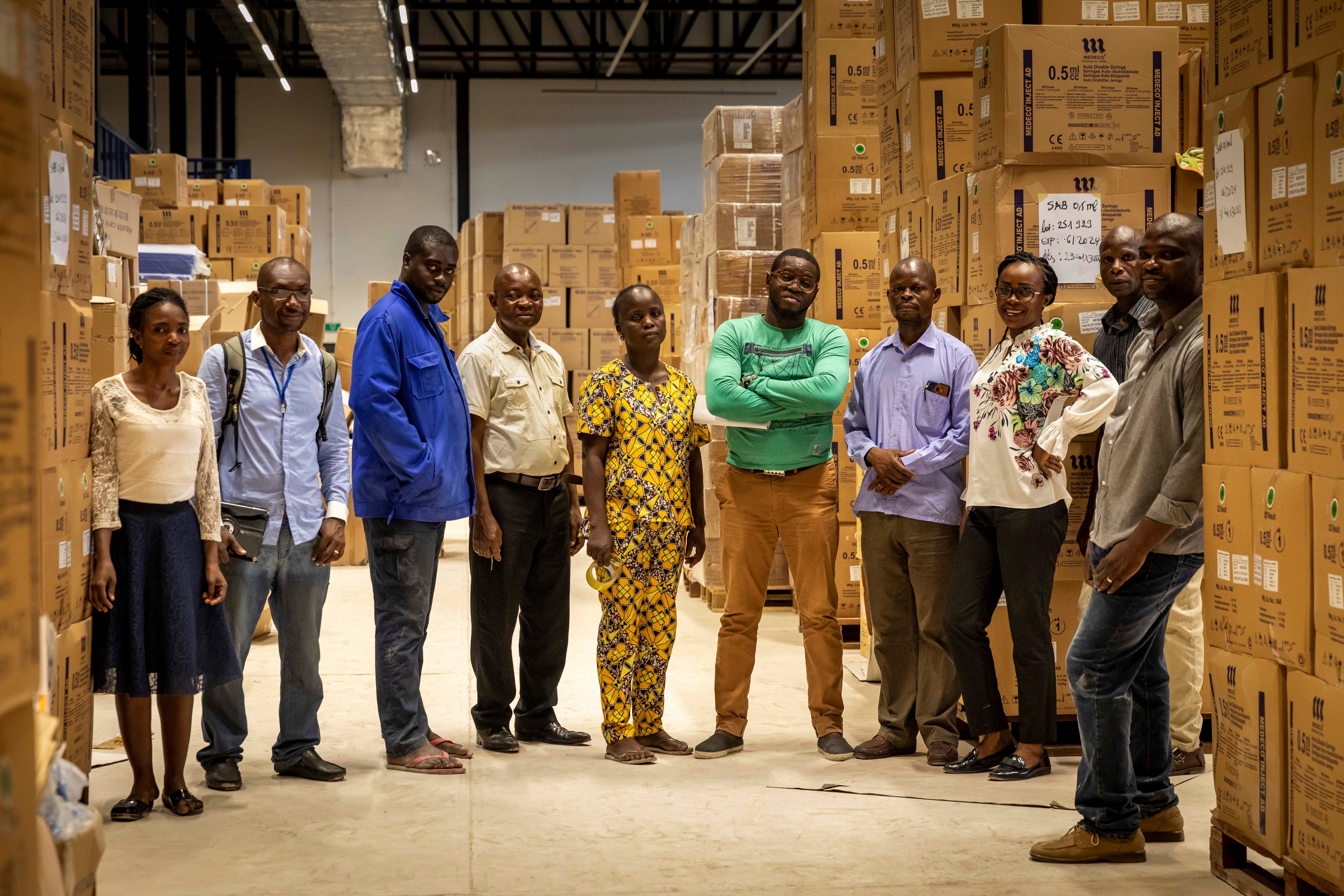People that Deliver (PtD), alongside IQVIA, has recently created a tool to model supply chain staffing under various scenarios. This new tool – the workforce optimisation tool (WOT) – enables supply chain managers to model various workforce scenarios based on local needs and resources.
The WOT – a tool that is different from any other tool that is currently used in health supply chain management – allows supply chain managers to ask the question, what is the right number of people needed in order to achieve the supply chain’s performance goal?
Maximising the performance of the health supply chain workforce means that health supply chains will reach their potential and ultimately this will allow patients access to the health commodities they require.
“Why do we need another tool?” I hear you ask
Based on its work with countries, PtD was concerned that supply-chain staffing shortages and misallocated staff could be contributing to gaps in treatment as well as stockouts at service delivery points.
If managers had a tool to consider these factors, as well as volume and capacity, PtD thought, they’d be able to create staffing strategies that were optimised to improve health outcomes and supply chain performance in their own contexts.
Consequently PtD endeavoured to develop a resource that went beyond existing human resources for health tools, and one that used activity-based assumptions for primary care settings. It identified IQVIA as a partner, given their decades-long expertise in modelling the staffing needs of thousands of biopharmaceutical companies.
Alyssa Palmer, who supports clients to design strategies, implement projects and measure outcomes to improve health globally at IQVIA Public Health, knows only too well the difficulties of balancing products and people.
“PtD, by building this tool, has given supply chain managers the ability to run scenario analyses that can give them the information needed to make hypotheses about their business operations,” she said.
Testing the WOT in Zambia
Following the creation of the tool PtD engaged the Zambia Medicines and Medical Supplies Agency (ZAMMSA) and USAID’s Global Health Supply Chain Program, Procurement and Supply Management (GHSC-PSM) project to pilot the tool. Zambia was chosen owing, in part, to the availability of data in the country and also because it was changing the set-up of its regional hubs to give them inventory management responsibilities.
According to Alyssa, “By using the WOT the team was able to estimate which roles and what quantity of additional staff to hire and train to support the supply chain.”
Ilitongo Sondashi, director of logistics at ZAMMSA, said, “We were able to do this using distribution data from our existing electronic management information system (e-LMIS), which told us how much of each product would be distributed from the hub and used staffing information from the Lusaka Central Store. The result projected the total number of staff that would be needed and the number of staff by warehouse function.”
“The team has recommended that we repeat the use of the tool as we get closer to implementing the change in stocking and after six months of operation,” she added.
Ultimately, Alyssa said, the use of the WOT resulted in a better understanding of staffing needs.
“Essentially the WOT allowed us to make sense of the data,” she said.
What the WOT offers
The WOT can be used by any supply chain organisation looking to make workforce improvements.
“The WOT is very useful and is a living tool – that is – it’s not a ‘one and done’ type of tool. Supply chain managers can continuously re-engage with the WOT as they have new questions or data sources,” said Alyssa.”
“By employing the WOT you can expect to improve data-based decision making and informed risk taking, and develop a curiosity for how staffing can be improved to better serve the supply chain.”
Barry Chovitz, technical director for leadership and governance on the health systems strengthening team at Chemonics, working on the GHSC-PSM project, agreed.
“The WOT is another tool in a supply chain manager’s toolkit to understand the right number of staff and the right mix of staff needed to maintain a skilled and motivated workforce. The tool can bring together the donor, the facilitator and the government to understand where resources can have the greatest impact on supply chain performance.”
“From the pandemic it is evident that the quality and engagement of supply chain professionals has a direct impact on the economy and society,” explained Alyssa
“After all, supply chain managers make the world go round.”

